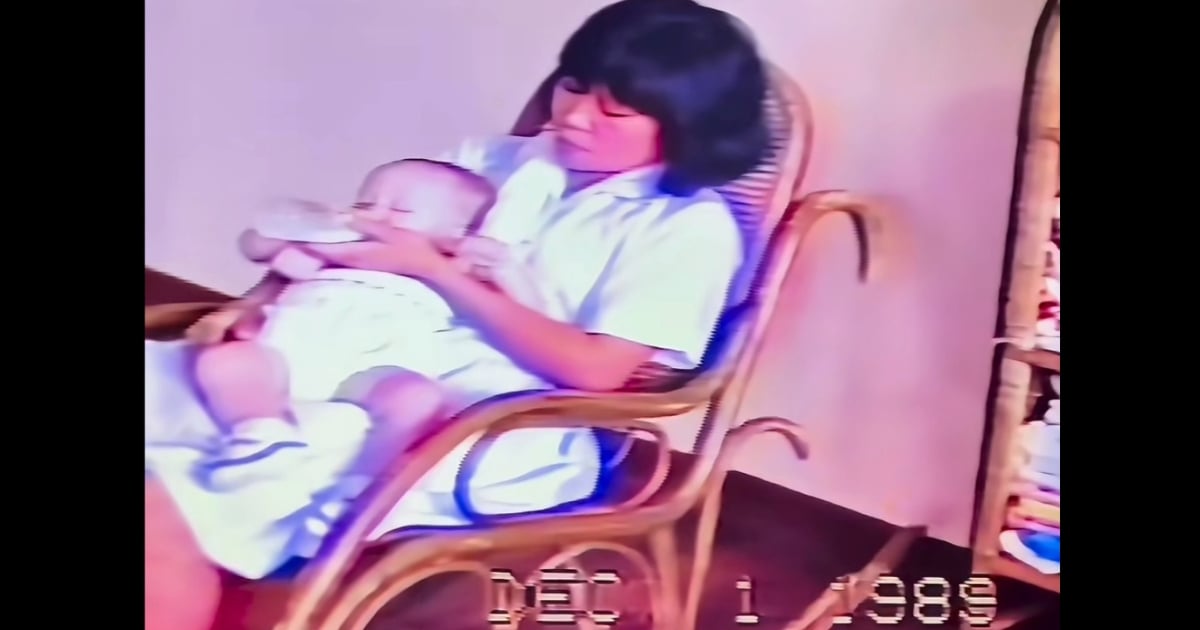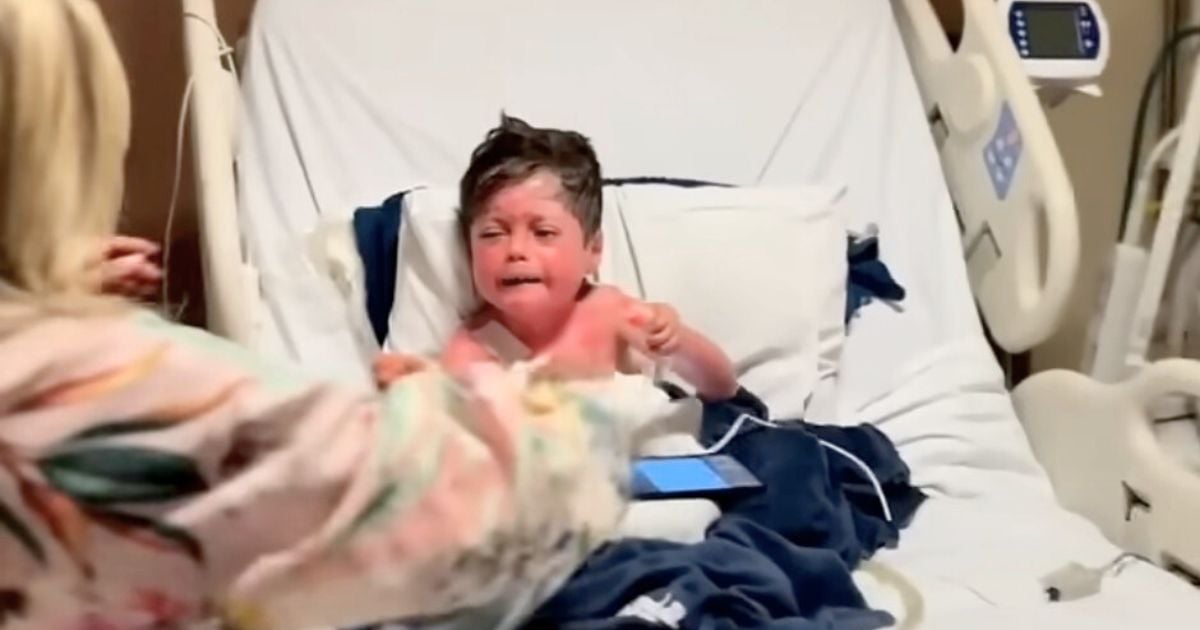When some people pass on their first aid tips, they don’t realize that they could be giving out bad advice. Sometimes, they’re stating outdated techniques. Other times, they’re imparting tips that have been proven to be harmful to people in need.
Luckily, this fact-checked list will highlight 9 of the most common first aid myths that are still believed by many people.
So the list below tells everyone what NOT to do and has a summary of what they SHOULD be doing instead
And it SHOULD go without saying, but the first thing to do before any of the below is to call 911 right away!
Make sure you first check for signs of life – these include: checking the person’s pulse, breath, and pupil size in light and dark (they should become smaller when there is light). If signs of life are not present, then you should perform cardiovascular resuscitation immediately.


9. Do NOT Apply A Tourniquet To A Limb Wound Straight Away.


Tourniquets are useful medical devices, which save lives. But before creating and applying one, a person SHOULD apply pressure above the wound with their hands. That’s often more effective at stemming blood loss until a professional can arrive.
First Aid For Life and The European Resuscitation Council state that a tourniquet is advised only when direct pressure cannot control severe bleeding.
8. Do NOT Tilt A Victim’s Head Back When Their Nose Is Bleeding


For years now, this old method of stopping a nosebleed has been disproved. The main problem with it is that it causes blood to trickle down the victim’s throat. This can cause vomiting, which is likely to make the nosebleed worse.
Instead, My Health Alberta and many, many other sources recommend that someone suffering from a nosebleed SHOULD sit up straight, tilt forward and pinch their nose for 10 minutes.
7. Do NOT Immerse Someone Suffering From Hypothermia Into Warm Water


If a victim who has hypothermia is warmed too quickly, it can cause heart arrhythmia.
Instead, WebMD states that what someone SHOULD do is restore warmth to a victim slowly, by removing wet clothing, drying the victim off and wrapping them in blankets.
Also, when drying/warming someone, start with the victim’s torso instead of their feet and hands, as starting at extremities can sometimes cause shock.
6. Do NOT Treat Cardiac Arrest In The Same Way For All Ages


CPR exercises, aka heart massages, are important for any cardiac arrest patient, but the way to administer them is different depending on the age of the victim.
If a person needs to perform CPR on a baby, WebMD states that they SHOULD place two fingers on their breastbone.
The source says that for a child needing CPR, a person should place the heel of one hand on the center of the chest at the nipple line. The person can push with one hand on top of the other.
Lastly, WebMD states that for an adult needing CPR, a person should place the heel of one hand on the center of the adult’s chest and then place the heel of the other hand on top of that hand and lace the fingers together.
One other major difference is that for babies and children, the person administering CPR should press down 30 times a minute. For adults, a person should press down 100 times a minute.
5. Do NOT Pierce Burn Bubbles/Blisters


For first or second degrees burns, a person SHOULD rinse the skin with water for 20 minutes or until the pain subsides. Then apply a bandage.
For second degree or third-degree burns, WebMD says to NOT apply ice (It’s ok for first degree burns only.)
For third-degree burns do NOT soak in water. Just put a bandage on it.
4. Do NOT Try The Heimlich Maneuver On An Unconscious Victim


Instead, Medline Plus recommends that a person SHOULD roll the victim onto their back on a hard surface and check to see if they can see the object that is blocking their airway in their mouth by lifting the chin and tilting the head back. If they can see the object, then try removing it
If they can’t see the object, begin CPR chest compressions. If the CPR does not work, then begin rescue breathing (the kiss of life.) If the kiss of life does not make the victim’s chest rise, then that confirms that the airway is still blocked. Resume CPR in this case.
3. Do NOT Tug A Dislocated Joint Back Into Place


Pulling a dislocated joint into its socket is seen time and time again in movies and TV. But that’s risky.
Instead, Mayo Clinic says that a person SHOULD stop the victim from moving the dislocated area. Try to bind the dislocated limb by making a splint or using bandages. Putting ice on the injured joint also helps.
2. Do NOT Induce Vomiting On A Poisoned Victim


Mayo Clinic advises that a person SHOULD consult the label of the poison if it’s a household cleaner or similar object. Remove any poison that is still in the victim’s mouth/skin/eye.
If the victim does vomit, turn them to the side.
If the poison is inhaled, then get the victim to a source of fresh air.
1. Do NOT Suck Out A Snakebite’s Poison


Instead, a person SHOULD lie the victim down and get the wound below the heart. Ensure that the victim stays as still as possible. If the victim falls unconscious, perform CPR.
Please SHARE this with your friends and family.















